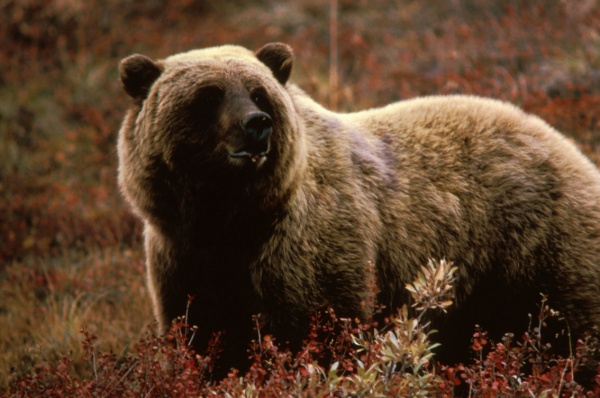Facts About Grizzly bear
The grizzly bear, often referred to as the North American brown bear, is a captivating and formidable creature inhabiting various regions across North America. Several subspecies of grizzlies exist, including the mainland grizzly, Kodiak bear, and peninsular grizzly, with some now-extinct varieties such as the California, Mexican, and Ungava-Labrador grizzlies. These bears are easily identifiable by their prominent shoulder hump, distinctive facial profile, and elongated claws.
Historically, grizzlies ranged from Alaska to Mexico and as far east as Hudson Bay. However, hunting and habitat destruction have significantly diminished their populations. Today, approximately 55,000 wild grizzly bears remain in North America, with the majority residing in Alaska. To protect these magnificent animals, various conservation efforts have been implemented, including listing them as threatened or endangered in certain areas.
Grizzly bears play a crucial role in their ecosystems. As keystone predators, they help regulate prey populations and prevent overgrazing. They also aid in seed dispersal and soil aeration, which promotes plant growth and enhances overall ecosystem health. However, their proximity to human activities can lead to conflicts. To mitigate these issues, conservationists are establishing protected areas, educating the public about bear safety, and managing human-bear interactions.
Conservation efforts for grizzly bears focus on preserving their genetic diversity, establishing migration corridors, and promoting coexistence between humans and bears. Ecotourism, such as bear-watching, has also gained popularity, allowing people to appreciate these remarkable animals in their natural habitats.

 Mexico
Mexico